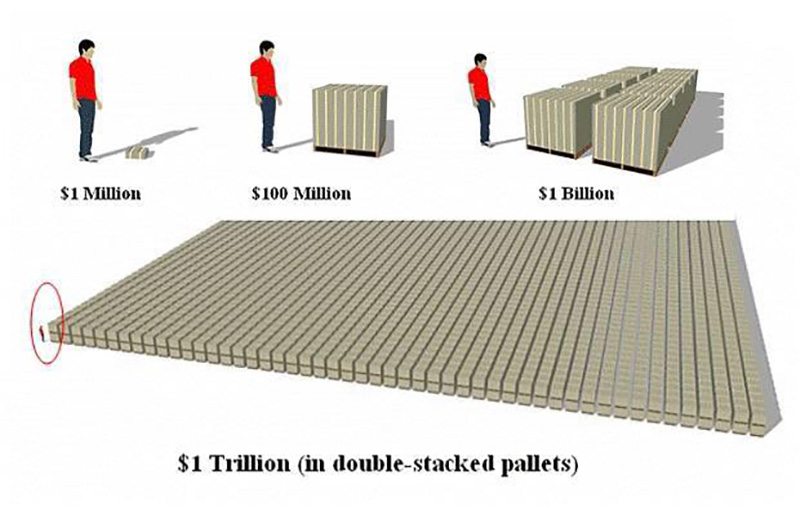Hydrogen, battery metals win big in China’s $7 trillion plan to be carbon neutral by 2060

Pic: d3sign / Moment via Getty Images
China will need to spend over $7 trillion to reach its goal of carbon-neutrality by 2060, according to Wood Mackenzie analysis.
That’s a massive, impossible-to-comprehend number. Here’s some perspective:

Now multiply that by seven.
The hefty bill is required for additional power generation capacity to accommodate growth in electrification by 2050, Wood Mac Asia Pacific Head of Markets and Transitions Prakash Sharma says.
“It is definitely a colossal task for a country using 90 per cent hydrocarbons in its energy mix and annually producing more than 10 billion tonnes of CO2-e, and in addition, accounting for 28 per cent of global total emissions,” he says.
“In our Accelerated Energy Transition (AET-2) scenario, China’s emissions peak immediately and enter a period of rapid decline, reaching net-zero slightly after 2050.
“This is achieved by widescale electrification of transport, heating and industry as well as deployment of carbon capture use and storage (CCUS).”
Solar, wind and battery storage capacities will have to increase 11 times to 5,040 gigawatts (GW) by 2050 compared to 2020 levels to reach its goal, Wood Mac estimates.
Coal-fired power capacity will halve, while gas treads water at 2019 levels.
China’s road transport must be fully electrified.
Total new stock of electric vehicles would hit 325 million units by 2050, compared to 4 million units today, Wood Mac says.
That’s going to require an eye-watering amount of battery metals like lithium, graphite, cobalt, nickel, copper, and manganese.
As a result of electrification oil demand collapses, falling below 7 million barrels per day by 2050.
Industry sub-sectors such as steel, cement, refining and chemicals, will require hydrogen and carbon capture and storage (CCS) as mainstream fuel and feedstock supply options to tackle emissions.
That could see hydrogen production grow five-fold to ~150 million tonnes by 2050, equally distributed between green hydrogen (electricity-based) and blue hydrogen (coal or gas based, paired with CCS), Wood Mac says.
Related Topics

UNLOCK INSIGHTS
Discover the untold stories of emerging ASX stocks.
Daily news and expert analysis, it's free to subscribe.
By proceeding, you confirm you understand that we handle personal information in accordance with our Privacy Policy.








